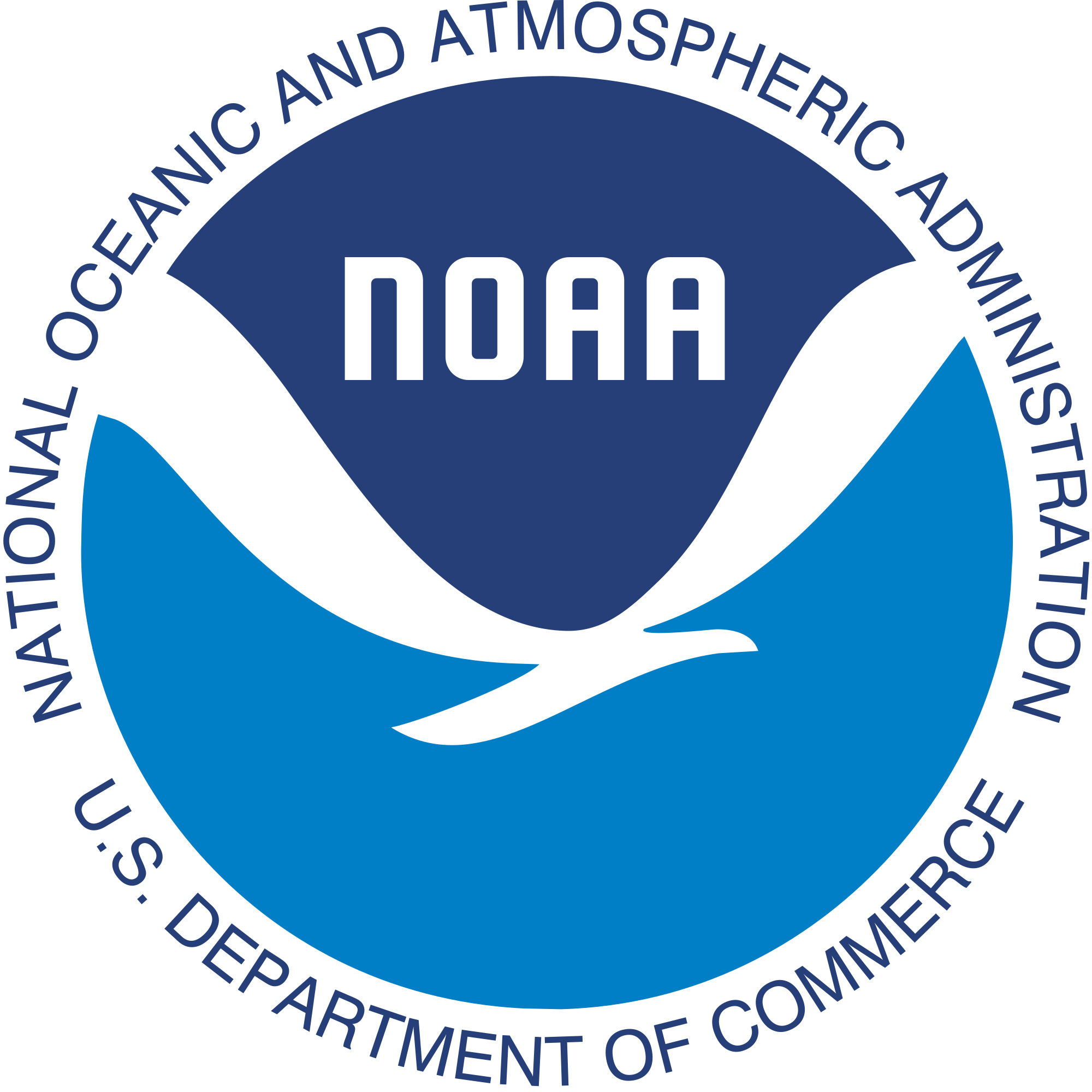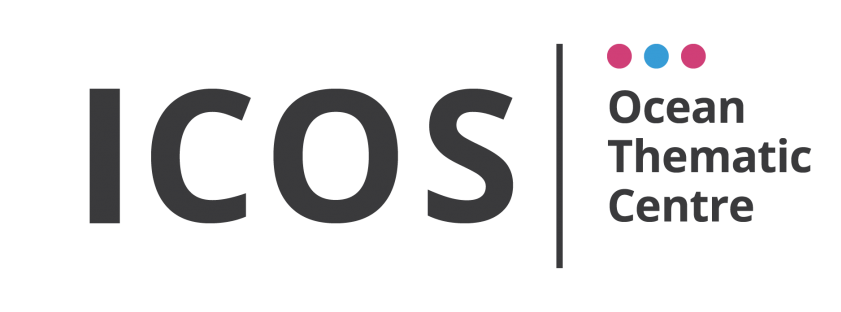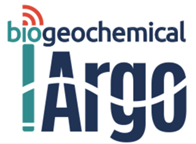IOCCP is providing coordination and communication services to a number of national and regional observing groups and networks involved in international research programs and projects related to surface CO2 observations. Below you can find brief information on these efforts and contributing groups and networks jointly working to establish the requirements for and enhance the capacity for sustained global ocean measurements of carbon dioxide in seawater.
|
|
|
| Title: |
Surface Ocean CO2 Reference Observing Network
|
| Website: |
http://www.aoml.noaa.gov/ocd/gcc/SOCONET/
|
| Brief Description: |
The Surface Ocean CO2 Reference Observing Network (SOCONET) is a volunteer group of established operators who provide quality global surface ocean CO2 data. SOCONET tracks observations and data following established network principles. SOCONET participants perform automated measurements of surface water and atmospheric CO2 from ships of opportunity and moorings. The data are used to quantify global air-sea CO2 fluxes and trends in surface water CO2 levels. The air-sea are fluxes key to assess the global carbon balance, and the trend determines ocean acidification. The network partners will work collaboratively to measure the partial pressure of CO2 (pCO2) from ships and moorings. The reference data will be acquired following standard operating procedures. SOCONET will disseminate data and data products openly. |
| Key documents: | |
|
Contacts: |
Rik Wanninkhof |
|
JCOMM Ship Observations Team (SOT) The work of the SOT consists of several very successful and enduring data collection programmes (over 100 years), involving voluntary observing ships and ships of opportunity operated through the VOS and SOOPIP. https://www.jcomm.info/index.php?option=com_oe&task=viewGroupRecord&groupID=106 |
|
| |
JCOMM Observations Coordination Group (OCG) 10th Sesssion of the JCOMM OCG (OCG-10), 9-11 April 2019, Jakarta, Indonesia: https://www.jcomm.info/index.php?option=com_oe&task=viewEventRecord&eventID=2320 |
 |
US National Oceanic & Atmospheric Administration (NOAA) NOAA Atlantic Oceanographic & Meteorological Laboratory (AOML): NOAA Pacific Marine Environmental Laboratory (PMEL): |
 |
Integrated Carbon Observing System Ocean Thematic Centre (ICOS-OTC) The Ocean Thematic Centre currently coordinates twenty-one ocean stations from seven countries monitoring carbon uptake and fluxes in the North Atlantic, Nordic Seas, Baltic, and the Mediterranean Sea. Measuring methods include sampling from research vessels, moorings, buoys, and commercial vessels that have been equipped with state of the art carbonate system sensors. |
 |
National Institute for Environmental Studies (NIES), Japan |
 |
OceanSITES OceanSITES is a worldwide system of long-term, open-ocean reference stations measuring dozens of variables and monitoring the full depth of the ocean from air-sea interactions down to the seafloor. It is a network of stations or observatories measuring many aspects of the ocean's surface and water column using, where possible, automated systems with advanced sensors and telecommunications systems, yielding high time resolution, often in real-time, while building a long record. Observations cover meteorology, physical oceanography, transport of water, biogeochemistry, and parameters relevant to the carbon cycle, ocean acidification, the ecosystem, and geophysics. |
 |
Biogeochemical Argo Observations carried out by the rapidly expanding network of profiling floats equipped with biogecohemical sensors is an important asset in the context of aiding pCO2 reconstruction efforts. |






 Please wait...
Please wait...